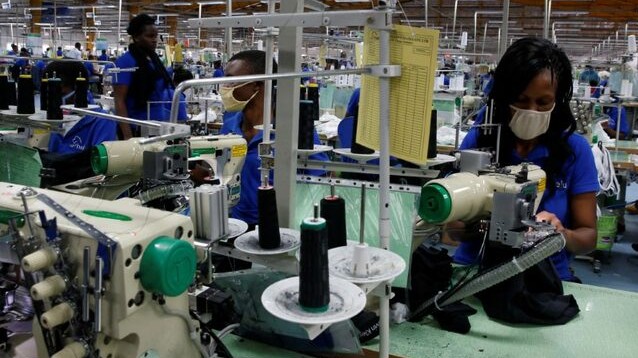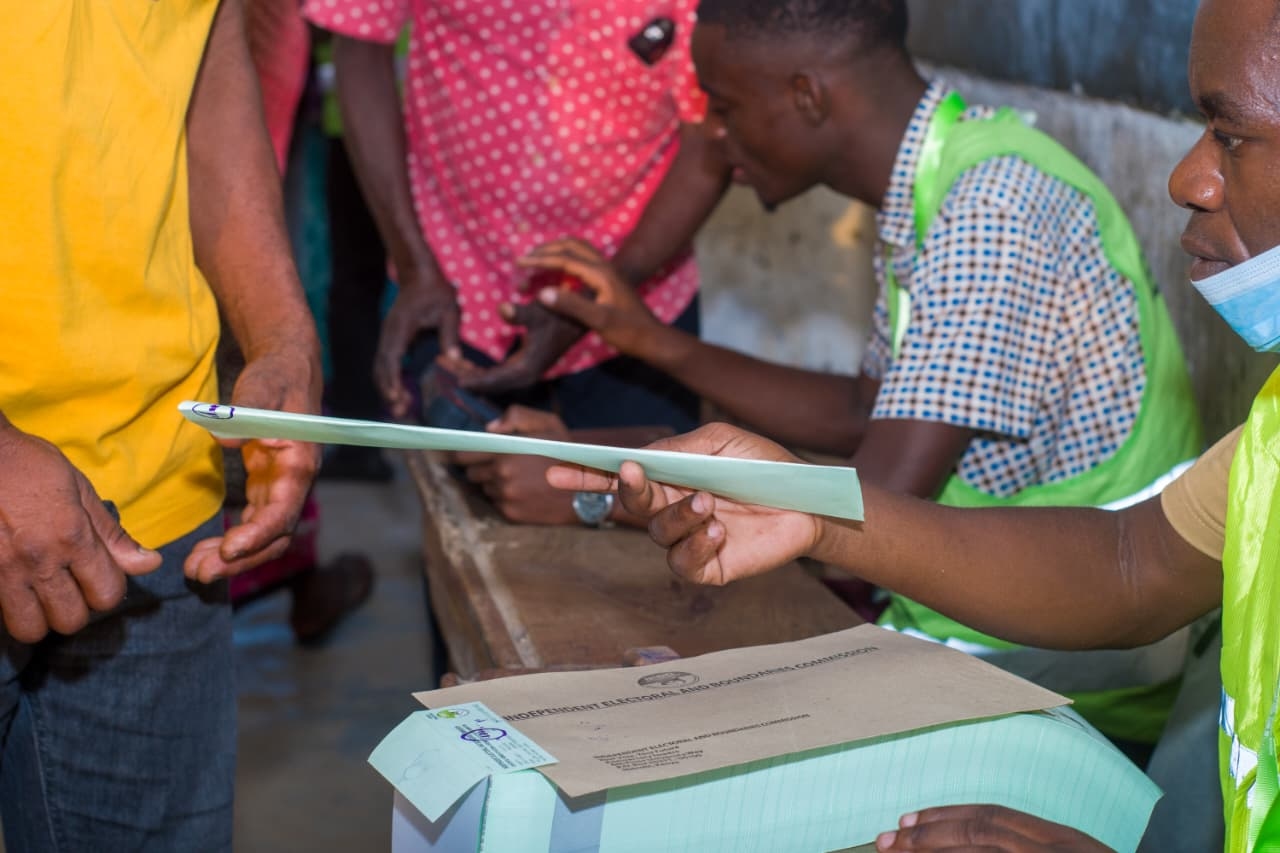Kenya’s trade deficit narrows by Sh10bn in 2024 as export growth outpaces imports

Earnings from re-exports grew by 77.3 per cent to Sh180.2 billion in 2024, primarily due to increased re-exports of kerosene-type jet fuel.
Kenya's trade deficit shrank by Sh10 billion in 2024, thanks to the strong growth in exports, which outpaced growth in imports for the second year running.
Analysis of data published in the 2025 Economic Survey by the Kenya National Bureau of Statistics (KNBS) shows export earnings grew by 10.4 per cent in the period under review, compared to import expenditure, which grew by 3.6 per cent.
More To Read
- How digital platforms are creating new pathways for youth, with riders taking home up to Sh70,000 monthly
- Busia destroys Sh21.9 million worth of heroin, bhang in anti-drug operation
- Economic value of unpaid domestic and care work in Kenya
- Study finds Kenya’s unpaid household labour worth Sh2.5 trillion annually
- Kenyan women shoulder Sh1.89 trillion in unpaid domestic work, says KNBS
- Kenya exports Sh50.87 billion worth of goods to US ahead of AGOA expiry
The record marks the second year since 2020 when exports have overshadowed imports. 2023 was the other year during these five years when this trend occurred.
Export earnings grew by 15.4 per cent during the year, compared to the 4.0 per cent growth in import expenditure.
Balance of trade deficit
“The growth in total exports, which outpaced the increase in imports, led to an improvement in the balance of trade deficit from Sh1.6 trillion in 2023 to Sh1.59 trillion in 2024,” KNBS said.
“Moreover, the export-to-import cover ratio improved from 38.6 per cent in 2023 to 41.1 per cent in 2024.”
A high export ratio generally suggests a healthy economy capable of generating foreign currency through exports, potentially reducing the need for external borrowing.
Total exports rose from Sh1,007.9 billion in 2023 to Sh1,112.3 billion in 2024, largely driven by increased re-exports.
Earnings from re-exports grew by 77.3 per cent to Sh180.2 billion in 2024, primarily due to increased re-exports of kerosene-type jet fuel.
On the other hand, import expenditure went up from Sh2.6 trillion in 2023 to Sh2.7 trillion in 2024.
Notable increases were recorded in imports of rice (23.9 per cent), telecommunication equipment and parts (30.1 per cent), plastics (14.3 per cent), industrial machinery (8.0 per cent), and aircraft and associated equipment (98.1 per cent).
In general, the total volume of merchandise trade amounted to Sh3.8 trillion in the review year, reflecting a growth of 5.5 per cent compared to 2023.
General merchandise trade
The improvement in general merchandise trade resulted in the narrowing of the current account balance from a deficit of Sh382.7 billion in 2023 to Sh208.9 billion in 2024, representing a 45 per cent narrowing.
“Increased inflows from services, remittances and interest receipts further contributed to the narrowing of the current account deficit during 2024,” KNBS adds in part.
Current account balance represents a country's net transactions with the rest of the world, encompassing goods, services, primary income and secondary income.
It essentially reflects the difference between what a country earns from its exports and what it spends on imports, plus net income from investments and transfers.
Nevertheless, there was a marked increase in inflows of reserve assets during the year 2024, largely arising from increased multilateral disbursements, causing a rise in the stock of official reserves from Sh1.15 trillion at the end of 2023 to Sh1.3 trillion at the end of 2024.
The stock of external financial assets rose from Sh4.09 trillion at the end of 2023 to Sh4.12 trillion at the end of 2024.
Conversely, the stock of external liabilities declined by 9.2 per cent to Sh12.04 trillion at the end of the financial year.
This translated to a 13.7 per cent improvement in the net borrowing position to Sh7.92 trillion at the end of 2024.
Top Stories Today














































